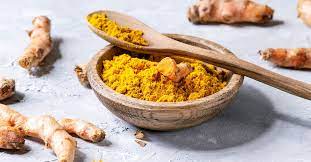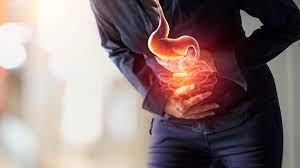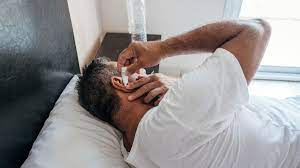10 Simple Ways To Get Instant Relief From Knee Pain
5. Medications
Non-steroidal anti-inflammatory and other medications can help with knee pain caused by arthritis. Some of these need to be given in a doctor’s office, but some can be used at home, either with or without a prescription.
Medications that may help manage pain include:
- oral or topical non-steroidal anti-inflammatory drugs (NSAIDs)
- topical capsaicin
- steroid injections into the joint
- tramadol
Acetaminophen and duloxetine, which is an antidepressant, may help.
Experts do not recommend using opioids, except for tramadol.
Some of these medications are available for purchase over-the-counter or online, including the NSAIDs ibuprofen and naproxen.
6. Massage
Massage, including self-massage, may relieve knee pain.
The American Massage Therapy Association (AMTA) recommend the following.
These should be done in a seated position with the knees pointing forward and the feet flat on the floor.
- Loosely closing the hands into fists, tap the upper, lower, and middle thigh 10 times with both hands. Repeat three times.
- Sitting with the feet flat on the floor, place the heel of the hand on the top of the thigh and glide it as far as the knee, then release. Repeat five times. Do the same for the outer and inner sides of the thigh.
- Press four fingers into the knee tissue and move up and down five times. Repeat all around the knee.
- Place the palm of the hand on top of the thigh, glide it down the thigh, over the knee and back up the outer thigh.
Massaging the thigh muscles will have a beneficial impact on the knee.
Current guidelines do not recommend massage as a treatment for OA of the knee, as there is not enough evidence to prove that it helps reduce symptoms. However, massage may offer other benefits, such as managing stress.
7. Aromatherapy preparations
Essential oils may help reduce pain.
A study published in 2008 suggested that massaging with an oil containing ginger and orange improved pain and function in knees with moderate to severe pain due to osteoarthritis.
In one investigation, researchers found that applying an ointment containing cinnamon, ginger, mastic, and sesame oil had a similar effect on pain, stiffness, and motion as using salicylate ointment.
8. Protection, rest, ice, compression, and elevation (PRICE)
Rest, ice, compression, and elevation may help treat mild knee pain that results from a soft tissue injury, such as a sprain.
Protection refers to protecting the knee from further injury, for example, by taking a break from the activity that caused it.
Rest can reduce the risk of further injury and give tissues time to heal. However, stopping all movement is not advisable, as this can lead to stiffness and, in time, muscle weakness.
Ice can help reduce swelling and inflammation. It should be wrapped in a cloth and applied for 20 minutes several times on the first day of injury. Never put ice directly the skin, as this can lead to further damage.
Compression with a knee support, for example, can increase comfort levels. The support or bandage should be firm but not tight.
Elevation, or keeping the leg raised, will encourage circulation and reduce swelling. Ideally, the knee should be above the level of the heart.
9. Heat and cold
Heat and cold can be effective in treating pain in the lower back, and it has been recommended to ease joint pain that results from arthritis.
- Heat relaxes muscles and improves lubrication, leading to a reduction in stiffness. Use a hot water bottle or a warm pad.
- Ice, wrapped in a cloth, can reduce pain, inflammation, and swelling.
Some people may use heat to improve mobility in the morning and reduce swelling later in the day.
Remember to test any hot item before applying it, especially if it is for an older person or someone who cannot communicate easily.
10. Climate
A colder climate is often thought to worsen pain.
Study findings do not support this, although living in a pleasant climate might make pain psychologically easier. It may also provide easier opportunities to achieve a more healthy lifestyle.
In 2014, researchers found that — rather than weather itself — sensitivity to weather in older people with osteoarthritis may affect how they experience joint pain.
People from Southern Europe, women, and those with higher anxiety levels were more likely to report weather sensitivity, and those with higher levels of sensitivity were more likely to report increased pain, especially with damp or rainy and cold weather.
The results of the study did not support the common belief that pain becomes worse in a colder climate.
A 2017 study carried out in the United States supported this view. Findings showed no link between rainfall and increased medical visits for joint pain.




